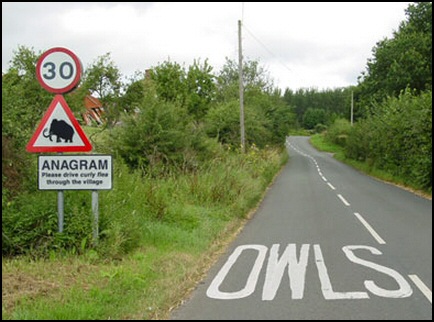1 2 Odds In Decimal
Implied probability is basically the conversion of odds into a percentage. That percentage then shows the likelihood of an outcome happening based on the size of the odds. High odds suggest a low probability of something happening, while low odds suggest a high probability of something happening.

For example, imagine a tennis player is +200 to win an upcoming match. This would be 3.00 in decimal odds, and 2/1 in fractional odds. The implied probability for these odds is 33.33%. In this example, the odds suggest that the player has a 33.33% chance of winning the match.
Conversely, if odds are very small (1/1000), probability will also be very small, close to 0. Probability/Odds Conversion. Converting probabilities into odds, we simply divide the probability by 1 less the probability, e.g., if the probability is 25% (0.25), the odds are 0.25/0.75, which can also be expressed as 1 to 3 or 1/3 or 0.333. Odds/Probability Conversion. Converting odds into probability, we divide the odds by 1+ the odds e.g., if we have odds of 1:3, then we divide 1. High odds suggest a low probability of something happening, while low odds suggest a high probability of something happening. For example, imagine a tennis player is +200 to win an upcoming match. This would be 3.00 in decimal odds, and 2/1 in fractional odds. The implied probability for these odds. In decimal odds, odds-on selections will be expressed as values between 1.0 and 2.0 Many websites use the decimal format as standard when displaying the prices of sporting events. In fact, decimal odds are commonly used all over Europe. They are popular because they are so easy to understand, displaying the total return from a 1 unit stake. The simple formular to convert from fraction odds to decimal is to divide the numerator (top number) by the denominator (bottom number) and add 1. The 1 represents the returned stake which is included in the decimal odds but not in the fraction odds. Odds of 2/1, will be 2 divided by 1, which gives 2, then add 1 equals 3. Odds of 9/4, will be 9 divided by 4, which gives 2.25, then add 1 equals 3.25.
1 2% As A Decimal
In sports, the probability of something happening is usually subjective. There are several factors to take into account and there’s always a chance of the unexpected. No one can state definitively the exact probability of a player or team winning a game they’re taking part in. There’s an element of personal opinion involved.
4 1 2% As Decimal
Calculating the implied probability is useful though. It helps us decide whether or not we think a bet offers any positive value. We should always look for positive value when betting, and it exists when our estimated probability of an outcome happening is greater than the implied probability that the odds on that outcome suggest.
Confused? Don’t worry! It’s not as complicated as it may seem. To make this easier to understand, let’s continue with the example of the tennis player at +200 to win his match. As we’ve said, the implied probability here is 33.33%. So if we think that the player has a GREATER than 33.33% of winning, then it makes perfect sense to bet on him. If we think his chances are less than 33.33%, it’s wise not to bet on him.
12 1 2 Decimal
If you’d like a more complete explanation on this subject, there’s an article in our sports betting guide that explains value and implied probability in further detail.